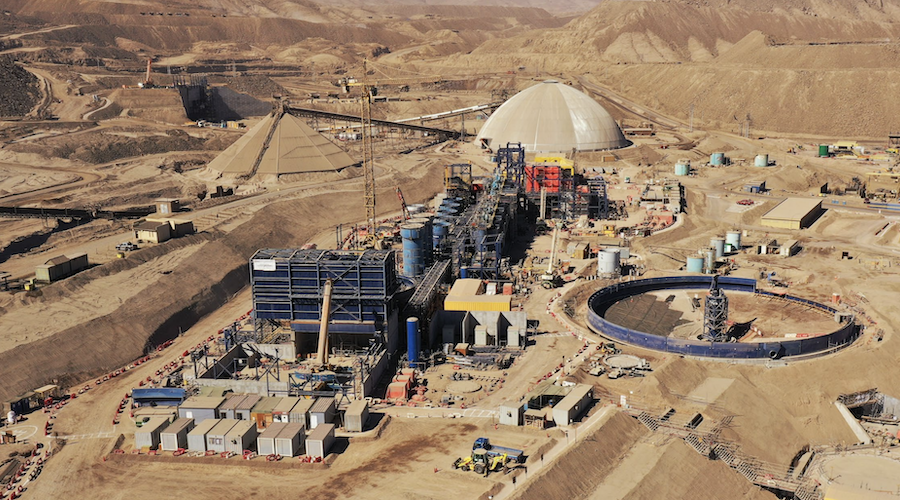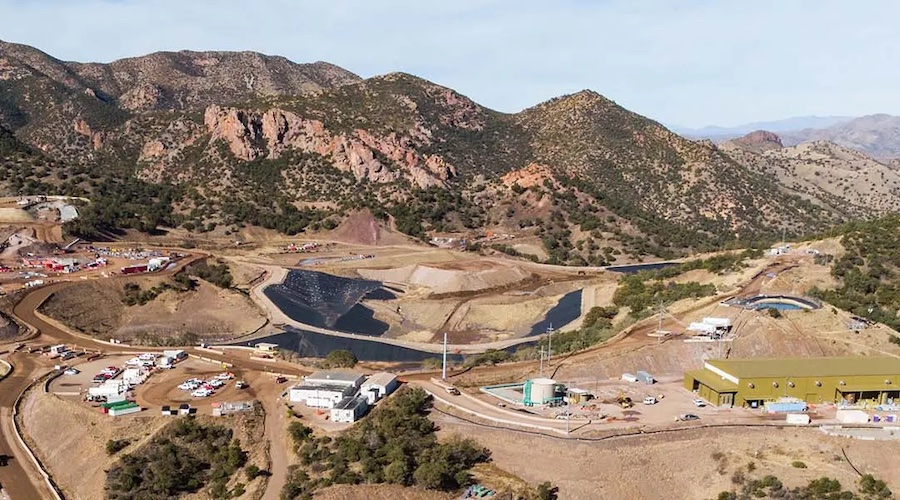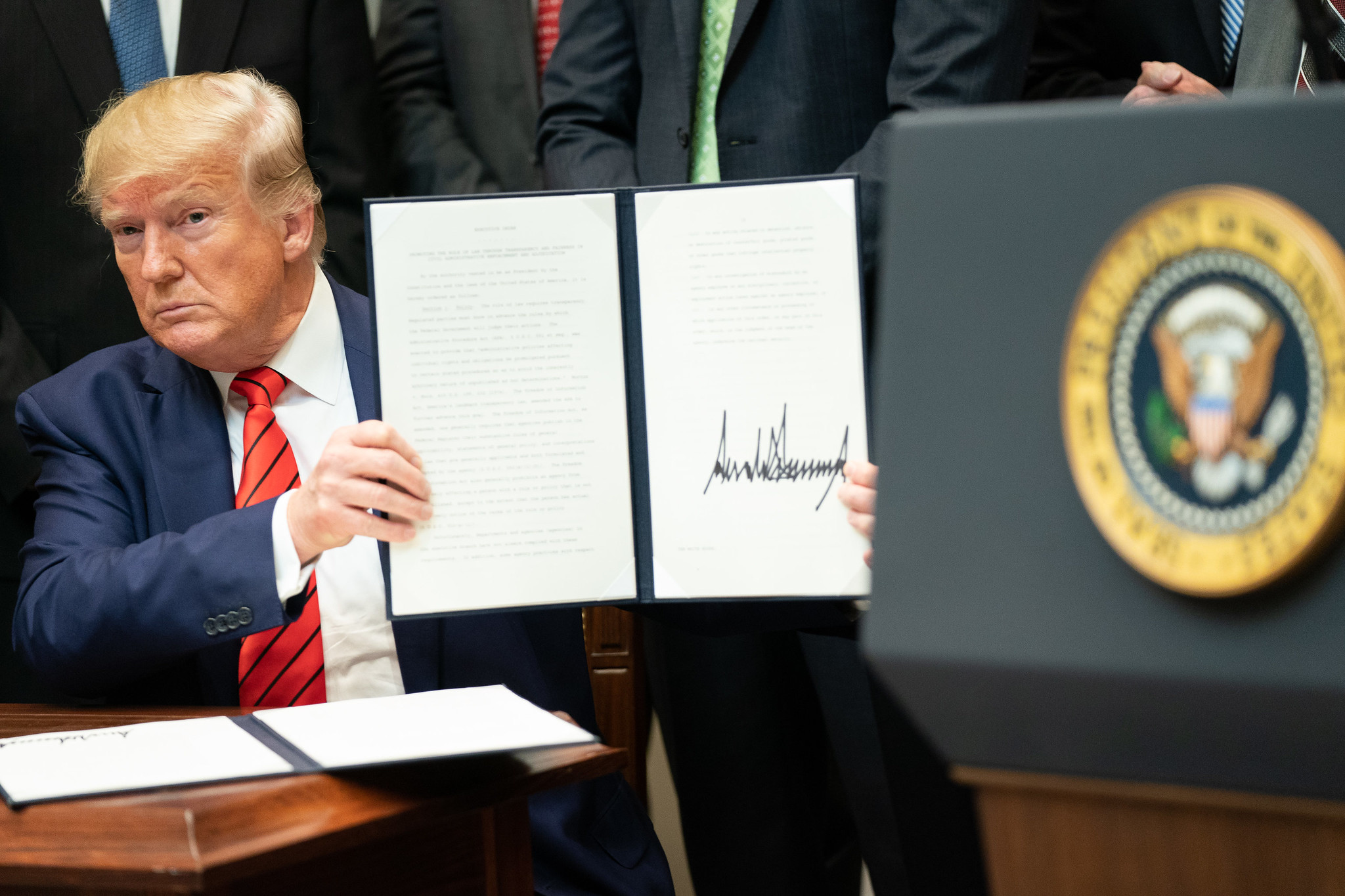Capstone building copper-cobalt district in Chile

Canada’s Capstone Copper (TSX: CS) is moving forward with its ambitious plan to create a mining district in northern Chile with the integration of its Mantoverde and Santo Domingo operations in the Atacama region.
The company, born in 2021 from the merger of Capstone Mining and Mantos Copper, said that in addition to producing 200,000 tonnes of the industrial metal a year, it aims at generating between 4,500 tonnes and 6,000 tonnes of battery-grade cobalt annually.
The Vancouver-based miner said cobalt from the mining district in the making will position the company as one of the largest and lowest cost battery grade cobalt producers in the world outside of the Democratic Republic of Congo.
In a conference call this week to comment on second quarter results, Capstone said construction at Mantoverde was 88% complete as of the end of June, with total project spend sitting at about $706 million. The company had previously earmarked $825 million for the development, expected to be completed later this year.
Following a successful ramp-up of Mantoverde, Capstone said it would make a construction decision and integration of the Santo Domingo copper-iron project. The miner engaged engineering company Ausenco to update the feasibility study for the asset, with work set to be completed by the end of the year.
Capstone predicts that the assets integration will unlock a total of $80-100 million of operating cost savings a year. It will also bring infrastructure capital savings, water and energy consumption efficiencies and the potential for significant tax synergies through the reinvestment in Chile to support district growth.
The miner plans to expand the capacity of its Mantoverde desalination plant to 380 litres per second from 120 l/s in a first stage, before increasing maximum output to 840 l/s in a later phase.
No tax changes for Santo Domingo
Referring to the new mining royalty scheme in Chile, which will go into effect in January 2024, the company said that under the upcoming framework it expects to record deferred income tax expenses in a range between $45 million and $55 million.
The figure doesn’t include Santo Domingo, as Capstone has a tax stability agreement with the government for 15 years from the start of production. It means the project will remain subject to the current mining tax during that period.
The company produced 39,300 tonnes of copper in the second quarter, down 13% from a year ago, due to unplanned downtime in the crushing circuit at Pinto Valley resulting in about 12 days of lost production. Mill maintenance downtime at the Mantos Blancos open pit and lower oxide production at Mantoverde also contributed to the lower than expected output, it said.
Despite the setback, Capstone said it expects overall copper production to rise from the current 180,000 tonnes a year to 380,000 tonnes a year once the Santo Domingo-Mantoverde integration is completed.
More News
South32 breaks ground on remote operating center at Hermosa project in Arizona
April 24, 2025 | 04:20 pm
{{ commodity.name }}
{{ post.title }}
{{ post.date }}



Comments